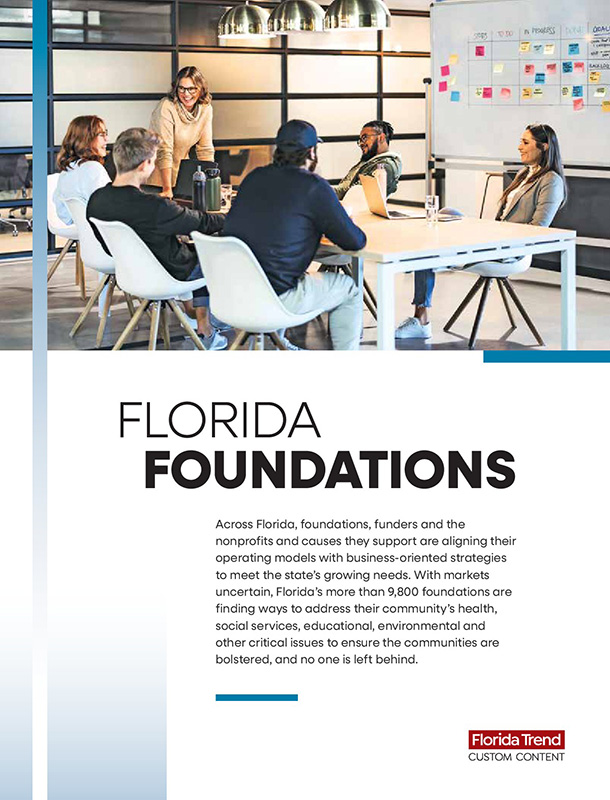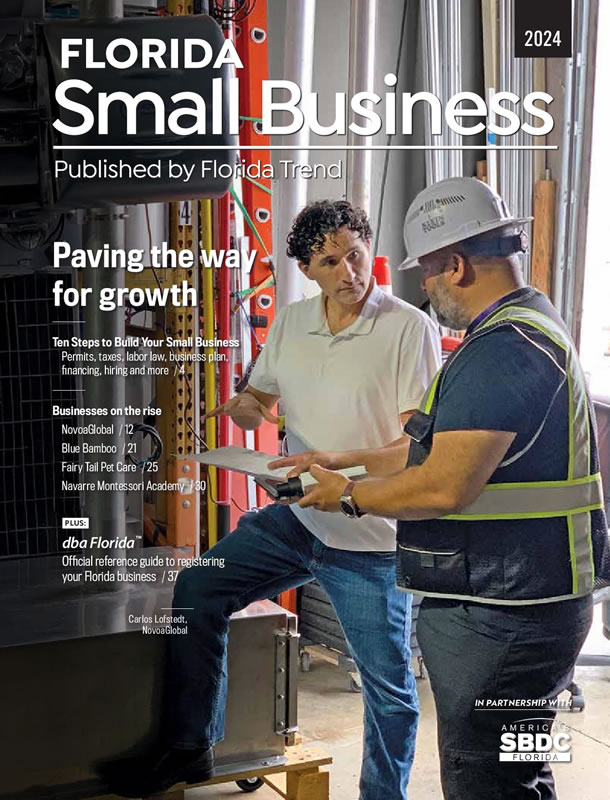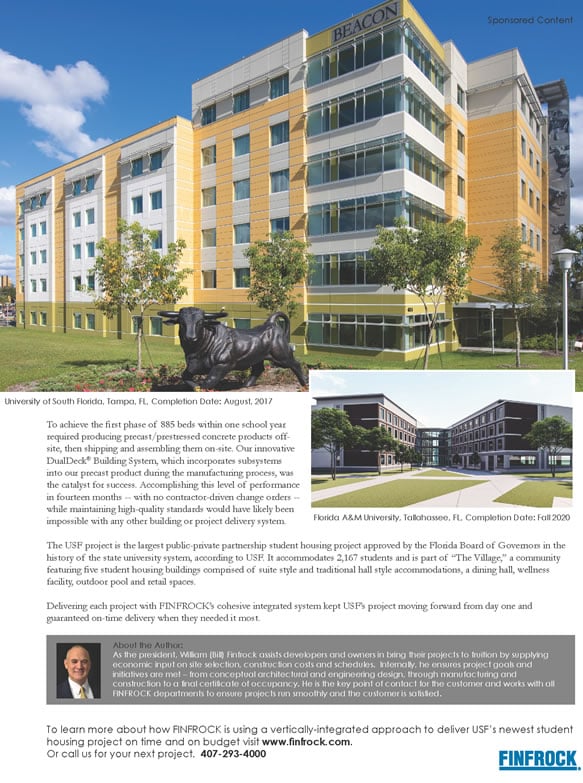Fifty years ago, a baby born with a severe heart defect had less than a 15% chance of surviving to adulthood. Today, more than 90% of babies with congenital heart disease (CHD) can expect to survive past childhood, thanks to advances in surgery, medicine and ICU care. This has given rise to a new medical specialty: Adult CHD care.
In Jacksonville, Wolfson Children’s Hospital, the UF Health Pediatric Cardiovascular Center and Baptist Heart Hospital have collaborated to create a program that specializes in treating adult patients with CHD. The program’s director, pediatric cardiologist Dr. Brandon Kuebler, a board-certified specialist in adult CHD, spoke to FLORIDA TREND about managing a patient’s care from childhood to adulthood.
- Advances: “It wasn’t until the 1970s and ’80s that patients with some of the more complex congenital heart defects really started having a chance of survival. Since the early ’90s, a lot of techniques have been refined, and now those individuals are reaching adulthood. It’s a very exciting time from that standpoint. Success is building a new branch of medicine. There are maybe a dozen adult congenital cardiac care providers throughout the state.”
- Advantages: “The advantage of congenital cardiac care providers is we can manage new issues that come up and also recognize when patients may need another intervention to help maintain quality of life. We’re best prepared to know the course patients have gone through and what complications may come downstream.”
- Life Expectancy: “Those who reach adulthood and have a simple or straightforward defect can expect to live a normal life span of 82 years or so. They’ll probably end up dealing with more acquired heart issues than congenital issues, thankfully. But those with moderate complexity have a slightly shortened life expectancy — about 70 to 72. And those with more complex and severe lesions have an average life expectancy in the low 50s, which is a dramatic step up from the late 1990s and early 2000s, when their average life expectancy was in the 20s. The last decade and a half has seen that particular metric move forward tremendously.”
Read more in our January issue.
Select from the following options:
* offer valid for new subscribers only












